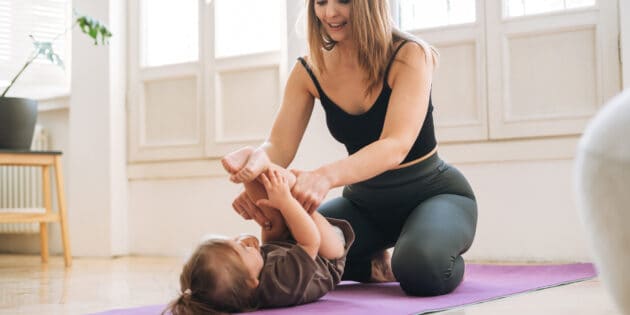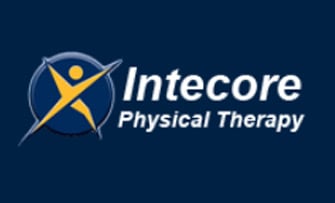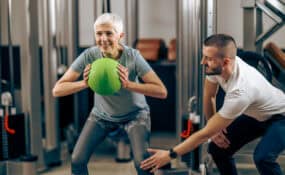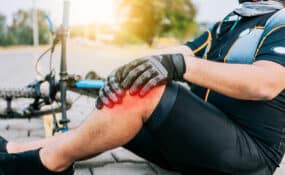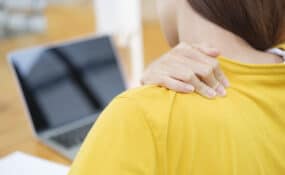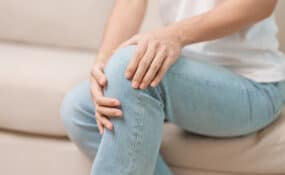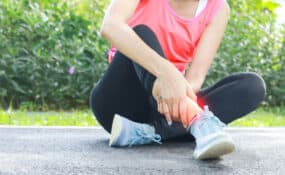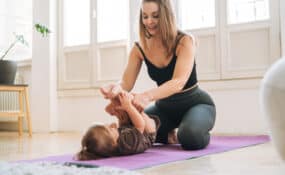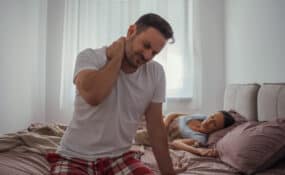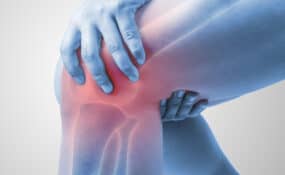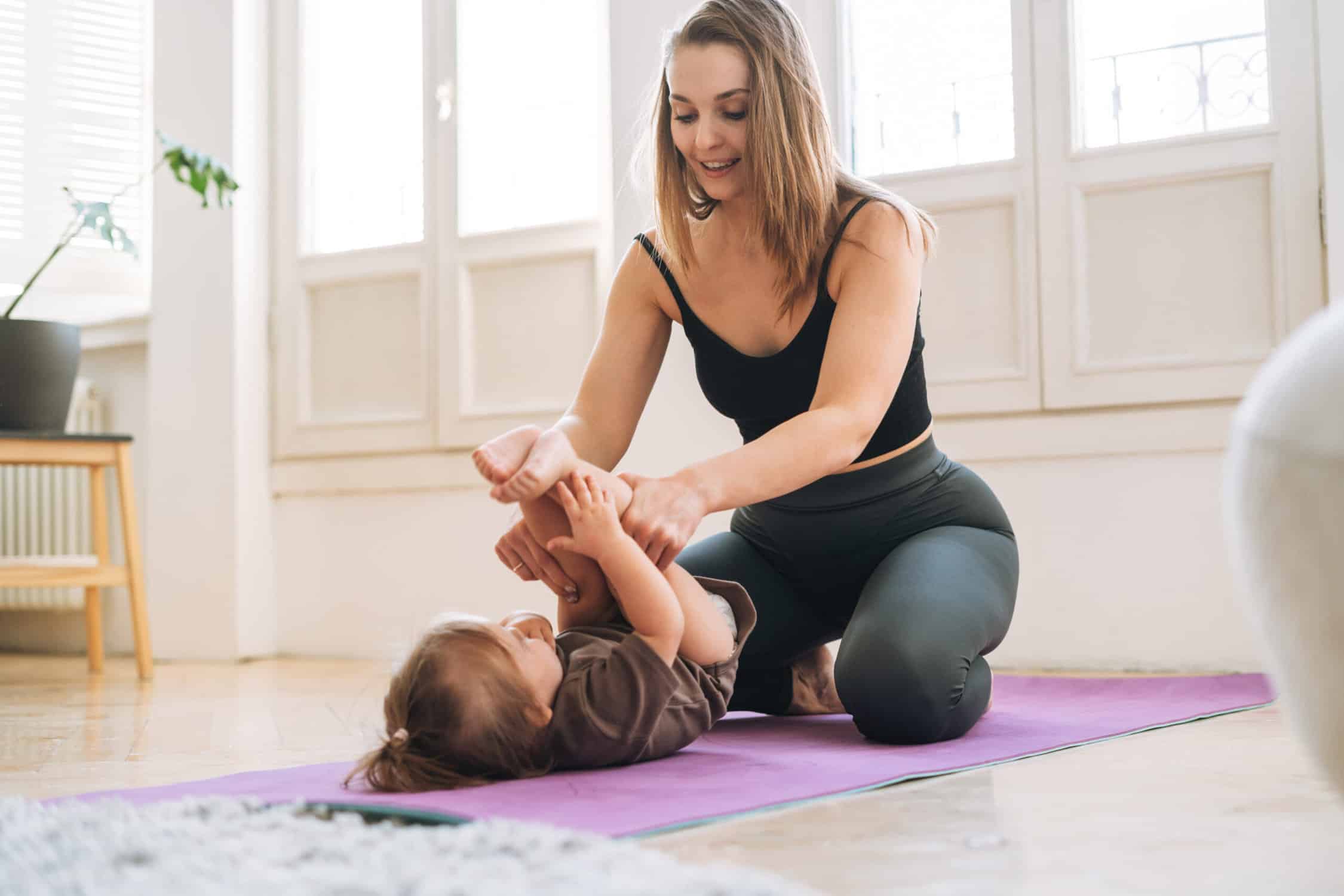
Postpartum joint pain can be a challenging experience for new moms. In this post, we will explore effective tips and strategies to manage joint pain after giving birth. By implementing these techniques, new moms can find relief and regain their strength, allowing them to fully enjoy the joys of motherhood.
More Posts Like This From Intecore PT:
Experience Lasting Relief: 5 Proven Strategies for Lower Back and Hip Pain
Top 5 Common Posture Problems and How To Fix Them
5 Ways to Incorporate Healthy Habits into Your Daily Routine
Table of Contents
Understanding Joint Pain Postpartum
Let’s talk about something you might be dealing with along with all the joys of having a new baby: joint pain after the baby arrives. Yes, that postpartum knee pain and postpartum hip hip pain that seems to just appear when you’ve already got so much going on.
So, why does this happen just when you’re getting used to being a mom?
It’s not just because of the busy days and nights. There are a few reasons why you might feel this way, and knowing about them can help you start feeling better!
First, let’s talk about hormones. When you were pregnant, your body made more of a hormone called relaxin. This hormone makes your ligaments and joints looser to help your body get ready for giving birth. This is great for childbirth, but not so great when your knees and hips start to feel loose and sore afterwards.
And don’t forget about how pregnancy changes the way you stand and move. Your belly grew, and your body had to change how it stands and moves to keep you from falling over. These changes don’t just go back to normal right away after you have the baby. While your body is getting back to how it was before pregnancy, your joints might feel a bit more pressure.
So, there you have it. The mix of hormones, the hard work your body went through during pregnancy and birth, and changes in how you stand and move are why you might have joint pain after having a baby. But don’t worry, understanding why this happens is the first step to managing the pain and feeling more like yourself again. So let’s explore some ways to ease postpartum joint pain…
7 Ways To Ease Postpartum Joint Pain
Gentle Exercise
Getting moving again after having a baby is crucial, but it’s all about picking the right kind of activity. Low-impact exercises like walking, swimming, and yoga designed specifically for postpartum recovery are fantastic choices. These activities help strengthen your joints and increase flexibility without putting too much strain on your body. Remember, the key here is to listen to your body closely. Start with low intensity and slowly ramp up as you feel more comfortable and stronger. It’s not a race; it’s about gradually getting back to being active in a way that feels good for you.
Proper Posture and Ergonomics
Good posture isn’t just about looking poised; it’s essential for minimizing joint pain. When feeding, make sure you’re sitting comfortably and not hunching over. Use pillows to support your baby and bring them closer to you. When picking up your baby or anything else, bend from your knees, not your back. There are also ergonomic tools and products out there, like baby carriers and supportive chairs, designed to help keep your posture in check and keep things like postpartum hip pain at by. These small adjustments can make a big difference in how your joints feel.
Nutrition and Hydration
What you eat and drink plays a big role in your postpartum recovery. A balanced diet rich in fruits, vegetables, whole grains, and lean proteins can support joint health and help with overall recovery. And don’t forget about hydration! Drinking plenty of water is crucial for keeping your joints lubricated and helping your body heal. Think of it as nourishing your body from the inside out, giving it the fuel it needs to recover and thrive during this busy time.
Rest and Recovery
Rest might seem like a luxury with a newborn, but it’s an essential part of your recovery. Your body has been through a lot, and giving it time to heal is crucial. Make sleep a priority, and grab those naps when you can. It’s also important to manage your stress levels—easier said than done, we know, but stress can impact your recovery. Finding even a few minutes a day for relaxation or a hobby you enjoy can make a big difference.
Supportive Footwear
Never underestimate the power of a good pair of shoes, especially now. Shoes that provide proper support can significantly reduce joint stress as you go about your day. Look for footwear with good arch support and cushioning.
Heat and Cold Therapy
For those times when your joints are particularly sore, heat and cold therapy can be a game-changer. Applying a cold pack can reduce inflammation and numb the pain, while a warm compress can relax your muscles and improve circulation. Just remember, cold therapy is usually best right after you’ve been active, while heat is more soothing when you’re relaxing. And always protect your skin with a cloth barrier to avoid ice burns or heat damage.
Physical Therapy
Sometimes, you need a bit more help, and that’s where physical therapy comes in. A physical therapist can work with you to create a personalized plan that addresses your specific needs, with exercises and techniques designed to support postpartum recovery. They’ll help you build strength, improve flexibility, and reduce pain in a way that’s safe and effective for where you are in your recovery journey. Consulting a physical therapist can provide you with the guidance and support you need to heal properly and feel your best.
Ready To Get Help With Physical Therapy For Postpartum Joint Pain?
Struggling with postpartum joint pain and unsure where to turn? We’re here to help. We can offer customized treatment plans that focus on alleviating your pain and strengthening your body.
Reach out now to schedule your appointment and take the first step towards a pain-free postpartum experience when you click here, or call (949) 541-9568.
Or, if you’re not ready to speak with us on the phone, you can download our FREE postpartum joint pain guide here.
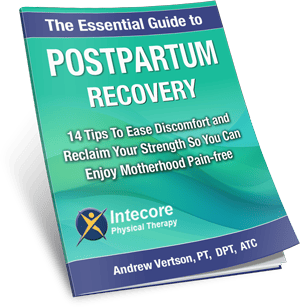
- Why Regular Body Maintenance is Crucial for Long-Term Health - April 21, 2024
- 3 Things Aggravate Knee Pain After Biking and How to Ease It - April 14, 2024
- Runners Knee Stretches: Top 5 Stretches Every Runner Needs to Know - April 7, 2024

